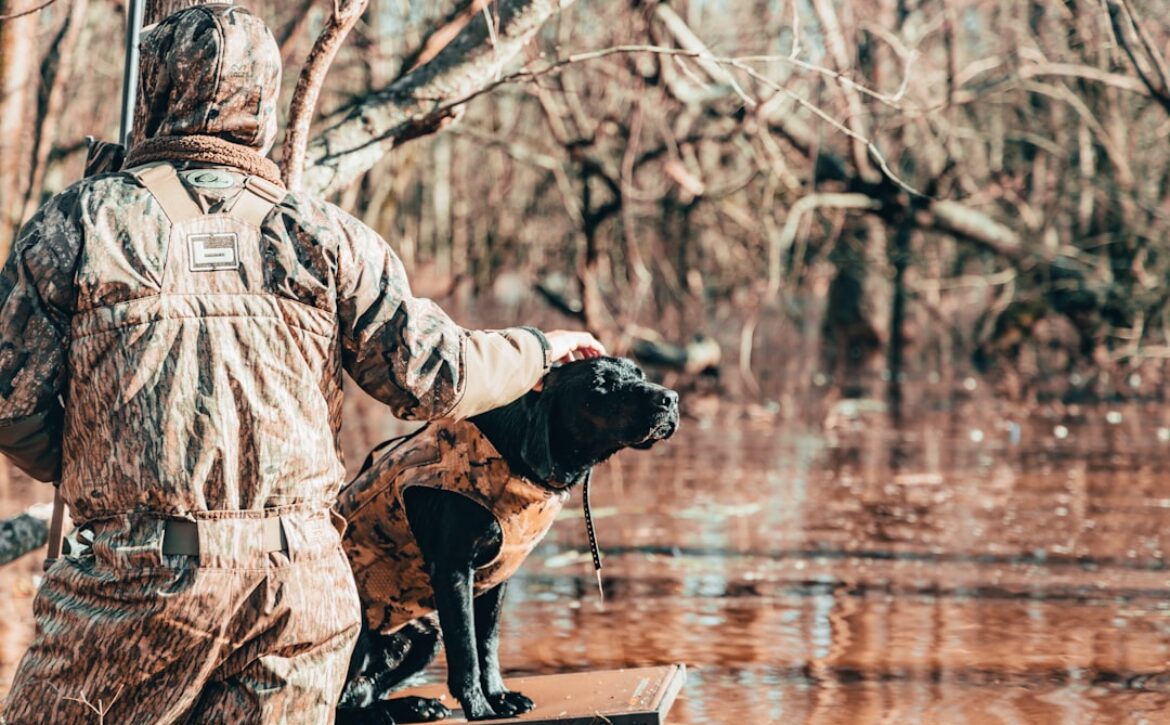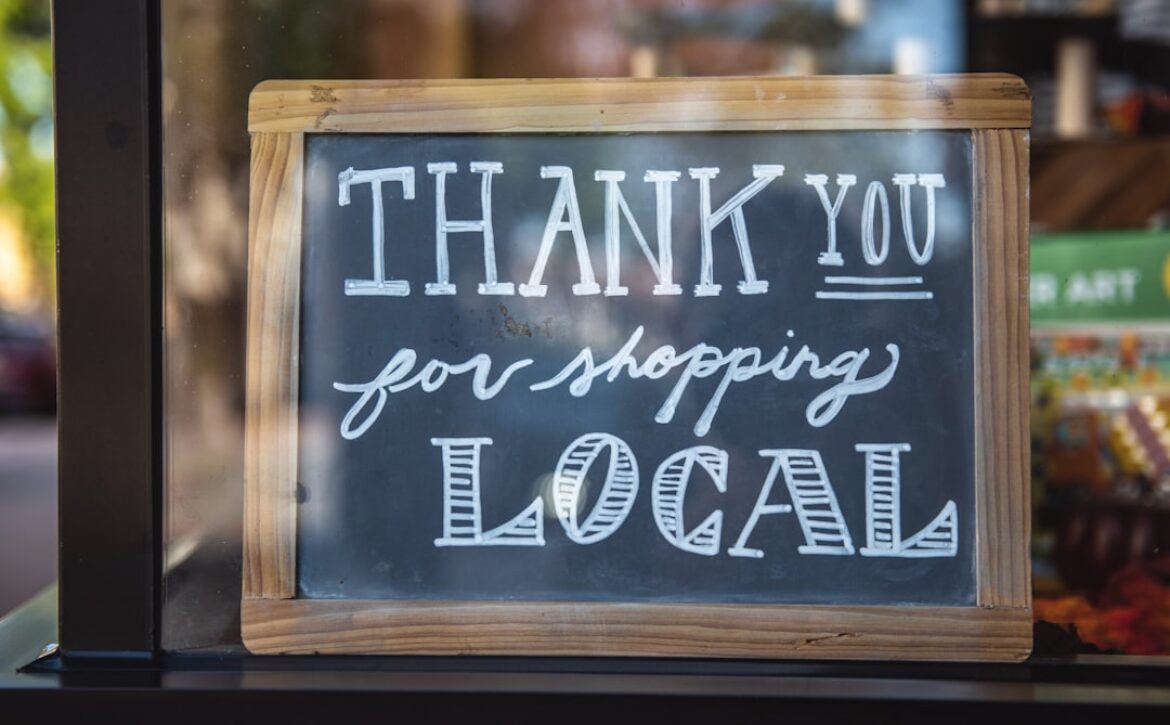Boost Your Hunting Guide Service with PPC Ads
In the competitive world of hunting guide services, standing out is crucial. One effective way to do this is through Pay-Per-Click (PPC) advertising.
PPC ads can provide immediate traffic and targeted reach. They can help hunting guides attract more clients and grow their business. But how do you create a successful PPC campaign?
This article aims to guide hunting guides on how to effectively use PPC ads. We’ll cover everything from understanding the basics of PPC to crafting compelling ad copy that resonates with the hunting community.
We’ll also delve into the importance of landing pages and how to design them for maximum conversions. Plus, we’ll explore strategies for setting an appropriate budget and optimizing your ads for higher conversion rates.
Whether you’re a seasoned hunting guide or just starting out, this guide will provide you with actionable strategies to leverage PPC advertising for your business. Let’s get started.
Understanding PPC for Hunting Guides
PPC is a cornerstone of digital marketing. It allows you to reach specific audiences searching for services you offer. With PPC, you only pay when someone clicks on your ad.
PPC ads appear prominently in search engine results. They can dramatically increase your online visibility. Understanding how PPC works is essential for any hunting guide looking to attract more clients. Mastering this tool can lead to more booking opportunities and increased revenue.
The Benefits of PPC Ads in Hunting Guide Marketing
PPC ads offer several advantages for hunting guides. They provide immediate visibility and drive targeted traffic to your website. This means potential clients can find your services quickly.
Some key benefits include:
- Immediate Results: Unlike SEO, PPC ads bring quick results.
- Targeted Reach: Ads appear to users actively searching for hunting services.
- Cost Efficiency: You pay only for actual clicks, maximizing budget control.
For hunting guides, PPC can be a powerful marketing tool. It helps build brand awareness and engages potential clients who are ready to book trips. Using PPC can give you a competitive edge in the digital space.
Identifying the Right Keywords for Your Campaigns
Choosing the right keywords is crucial for successful PPC campaigns in the hunting guide industry. Start by focusing on terms that clients use when searching for hunting experiences. This ensures your ads reach relevant audiences.
Create a keyword list by considering:
- Popular hunting locations and activities
- Specific wildlife or game targets
- Seasonal trends in hunting experiences
Use tools like Google’s Keyword Planner to expand your list. These tools can help identify keyword search volume and competitiveness. Selecting the right keywords will enhance ad relevance, leading to higher conversion rates. Aim for a mix of broad and specific terms to capture both general interest and niche markets. This thoughtful approach to keyword selection will attract the right audience efficiently.
Crafting Compelling Ad Copy for the Hunting Community
Creating ad copy that resonates with the hunting community is essential for PPC success. Your ad should speak directly to the interests and needs of hunters. Highlight unique features of your services, like experienced guides or exclusive hunting terrains, to attract attention.
Use engaging language that sparks interest and curiosity. Incorporate action-oriented words that encourage potential clients to take the next step, like “Book Your Adventure Now!” or “Explore Untamed Wilderness!” Crafting focused, concise messages ensures your audience understands your offering quickly. By connecting with their passion for the hunt, your ads will stand out and drive more clicks.
Designing Landing Pages That Convert
A well-designed landing page is crucial for turning PPC traffic into bookings. Ensure your landing page aligns with the ad copy, maintaining a consistent message. A cohesive design builds trust and clarity for potential clients.
Your landing page should feature a clear and compelling call-to-action (CTA). Use strong CTAs like “Reserve Your Spot” or “Contact Us Today” to guide visitors toward taking action. Also, include visuals like high-quality images or videos of hunting experiences to engage visitors further. The visual appeal can greatly enhance user experience and increase conversion rates.
Setting and Managing Your PPC Budget
Setting a PPC budget can feel daunting, but it is vital for success. Begin by determining how much you can realistically spend on advertising each month. This helps to avoid overspending while maximizing your ads’ effectiveness.
Consider the cost-per-click (CPC) for hunting-related keywords when setting your budget. Higher CPCs may require more funds, but the investment could yield substantial returns. It’s essential to focus on keywords that directly align with your offerings.
Monitoring your budget regularly will enable you to make necessary adjustments. Keeping a close eye on performance metrics helps identify high-performing ads that justify increased spending. Adjust as needed, ensuring that you’re spending wisely and effectively to gain the best results from your campaigns.
Optimizing for Higher Conversion Rates
Optimizing your PPC ads is key to boosting conversion rates. Start by analyzing which elements of your current ads are effective. This involves looking at headlines, ad copy, and call-to-actions (CTAs) that compel users to act.
Experiment with A/B testing to discover what resonates best with your audience. This process helps in refining your approach and ensuring your ads are as persuasive as possible.
Enhancing your landing pages can also significantly impact conversions. Ensure they load quickly and have relevant, engaging content that aligns with your ads. By optimizing both your ads and landing pages, you increase the chances of turning clicks into clients. This comprehensive approach to optimization will drive more conversions over time.
Monitoring and Adjusting Your PPC Campaigns
Monitoring your PPC campaigns is crucial for maintaining effectiveness. Regularly check performance metrics like click-through rates (CTR) and conversion rates. These data points offer insights into what’s working and what needs adjustment.
Adjusting your strategies based on data is vital. Make informed changes to improve your ads’ effectiveness and reach. Be prepared to refine ad copy, adjust bid amounts, and retarget ads to new audiences.
Here’s a checklist to guide your campaign adjustments:
- Analyze CTR and conversion data frequently
- Tweak ad copy and headlines for better engagement
- Adjust bids to improve ad position
- Use data insights to retarget effectively
- Test new keywords and negative keywords
By committing to regular monitoring and strategic adjustments, you ensure that your PPC campaigns remain competitive and yield better results.
Seasonality and PPC for Hunting Guides
Seasonality can greatly impact PPC effectiveness for hunting guides. Demand for hunting trips varies throughout the year. Adjust your campaign strategies and budgets according to these seasonal changes. Monitor trends to capitalize on peak seasons and reduce spend during off-peak periods to ensure efficient use of advertising resources.
Exploring Beyond Google: Other PPC Platforms
While Google Ads is a powerhouse in PPC, exploring other platforms is beneficial. Bing Ads and social media platforms offer unique opportunities. They can reach different audiences and expand your guide’s visibility. Diversifying PPC efforts across platforms ensures you aren’t reliant on a single source.
The Role of Mobile Optimization in PPC
Mobile optimization is essential for PPC success today. Many hunters use mobile devices to plan trips on-the-go. Ensuring ads and landing pages are mobile-friendly increases chances of conversions. Responsive designs and fast load times can make or break a mobile user’s experience.
Common PPC Mistakes to Avoid
PPC can be a powerful tool, but mistakes can undermine its effectiveness. It’s easy to overlook key details that can cost you.
One common mistake is neglecting keyword negatives. Without them, you might waste your budget on irrelevant clicks.
Below are some pitfalls to steer clear from:
- Ignoring negative keywords
- Setting unclear goals
- Failing to track conversions
It’s also important to avoid setting unclear goals. Without clear objectives, you cannot measure success.
Lastly, forgetting to track conversions can leave you without insight into ad performance. Use data to refine and improve results.
Conclusion: Continuous Learning for PPC Success
Success in PPC requires constant adaptation and learning. The digital landscape changes rapidly, demanding that hunting guides stay informed about trends and platform updates. By continuously refining your strategies and embracing learning opportunities, your PPC campaigns can bring sustained growth to your hunting guide business.































